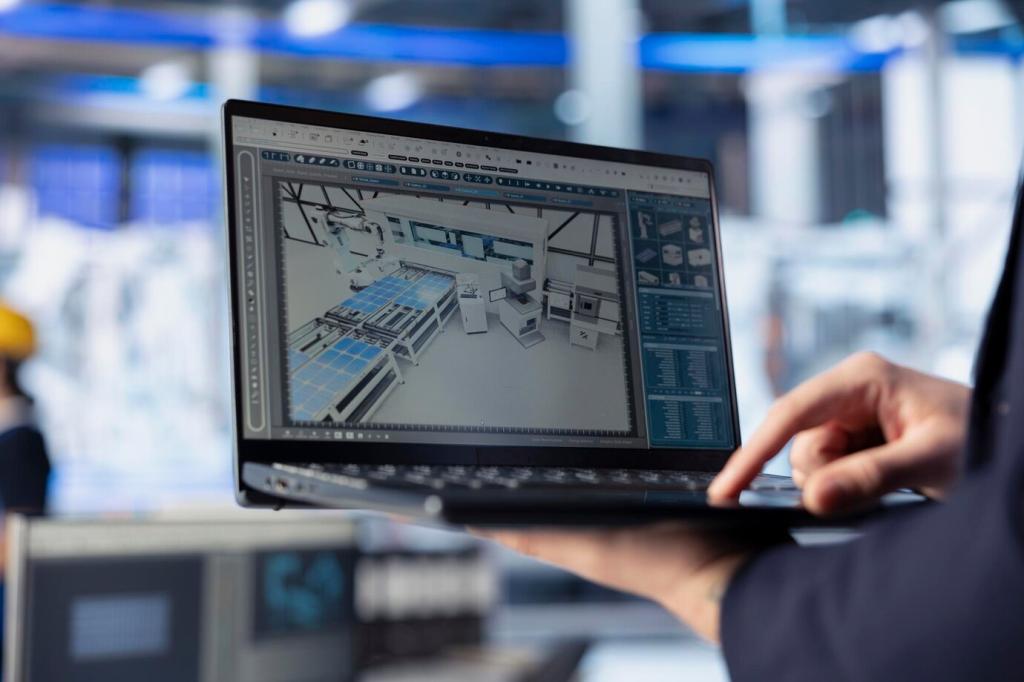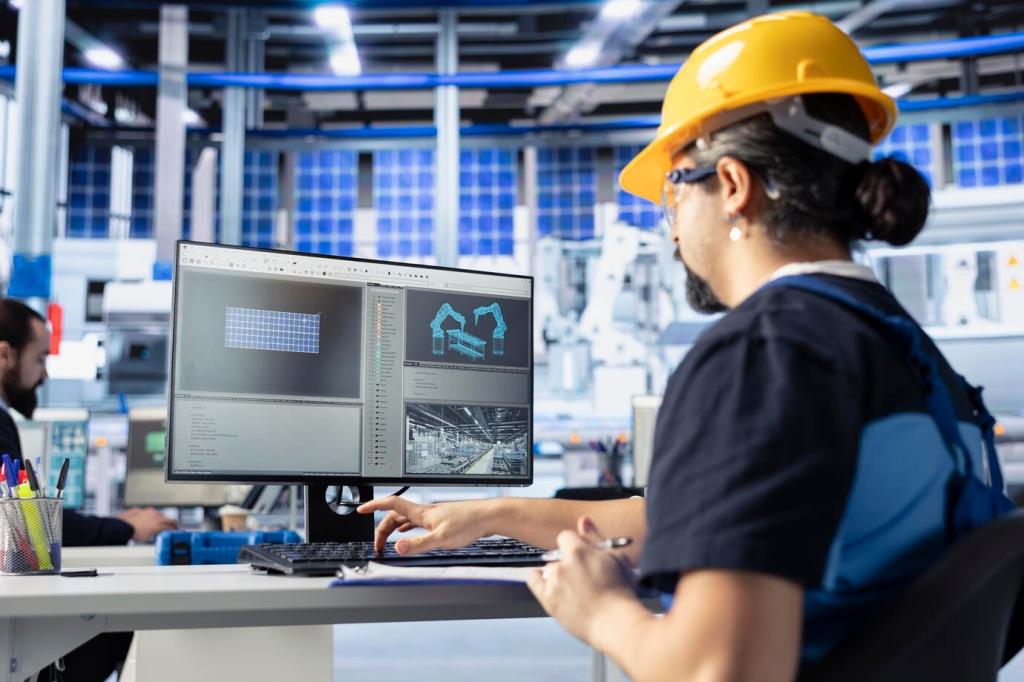
Green Building Revolution: Cutting-Edge Sustainable Materials
Chosen theme: Green Building Revolution: Cutting-Edge Sustainable Materials. Step into a future where buildings store carbon, skins generate power, and every choice—down to the binder in concrete—shapes a healthier planet. Subscribe and join our community of architects, engineers, and curious neighbors turning bold material science into everyday practice.
Why This Materials Revolution Matters Now
Embodied carbon, explained
Operational energy once dominated building emissions, but embodied carbon now arrives on day one with cement, steel, and glass. Selecting lower-carbon mixes and verified Environmental Product Declarations lets teams cut impacts before the lights even switch on. What early decisions could your project lock in today?
Healthier interiors through better chemistry
Low-VOC binders, formaldehyde-free resins, mineral paints, and plant-based finishes shift indoor air from tolerable to truly restorative. When breathable walls meet nontoxic adhesives, occupants feel the difference in focus, comfort, and well-being. Share your favorite low-tox material swap and how it changed your space.
Total cost of ownership beats sticker price
Upfront costs tell only part of the story. Durable recycled steel, high-performance insulation, and solar skins reduce maintenance, energy, and replacement expenses for decades. Lifecycle costing clarifies trade-offs and rewards smart specification. Would you choose a pricier material if data showed long-term savings and comfort gains?
LC3 and supplementary cementitious materials
Limestone calcined clay cement (LC3) cuts clinker content dramatically while using abundant materials. Blends with fly ash or slag fine-tune workability and strength. Teams pairing LC3 with regional SCMs report lower footprints and reliable placement. Would your supplier pilot a batch if a pilot slab proved performance?
Geopolymer concretes for lower heat and lower carbon
Geopolymer binders activate industrial byproducts to form strong matrices without energy-intensive clinker. They cure at lower temperatures, resist chemical attack, and can match structural demands. Early collaboration with ready-mix partners is vital. Ask your producer about trial cylinders and share your results with our readers.
Carbon-cured and CO2-mineralized mixes
Injecting captured CO2 during curing mineralizes carbon into the matrix while improving compressive strength. Precast plants are ideal testbeds, standardizing quality and scaling savings. Pair mineralization with optimized aggregate gradation for maximum impact. Would your team consider carbon-curing on the next parking deck or façade panel run?


Bio-Based Building Blocks: Timber, Hemp, and Mycelium
CLT panels and glulam frames sequester carbon while enabling prefabricated, quiet, and clean job sites. Fire safety is engineered through charring layers and rigorous testing, and acoustic performance keeps pace with concrete. Share your CLT questions—connections, moisture detailing, or procurement—and we’ll crowdsource expert tips.
Bio-Based Building Blocks: Timber, Hemp, and Mycelium
Hemp-lime walls are vapor-open, insulating, and remarkably comfortable, balancing humidity and temperature. While not structural, they pair beautifully with timber frames and deliver serene interiors. Farmers, designers, and masons are building local supply chains. Would your region support a field-to-facade hemp loop?
Aerogels for high R-value in tight spaces
Silica aerogel blankets deliver exceptional thermal performance where every millimeter counts—historic retrofits, parapets, and thermal bridges. They cut heat loss without bulky assemblies. Detailing matters: continuous layers and careful fasteners protect performance. Share your toughest retrofit spot, and we’ll suggest an aerogel strategy.
Vacuum insulation panels (VIPs) for extreme performance
VIPs pack remarkable R-value per inch, ideal for balconies, rooftops, and tight cores. Edge losses and puncture risks require disciplined detailing and protective layers. When done right, they unlock designs once limited by thickness. Have you coordinated VIP shop drawings with trades to avoid surprises?
Phase change materials for thermal smoothing
PCMs store and release heat as they melt and solidify, flattening temperature swings and reducing peaks. Embedded in gypsum, ceilings, or plasters, they improve comfort passively. Pair them with night ventilation for stunning results. Tell us where you’d embed PCMs in your next adaptive envelope.
Circular Metals and Design for Disassembly
Electric-arc furnace steel powered by renewables and recycled aluminum dramatically lowers embodied carbon. Specify post-consumer content and request mill certificates. Small changes in procurement language have outsized climate impact. Share your favorite spec clause that nudged a supplier toward greener heat and power.
Power-Generating and Responsive Glass
Electrochromic glazing for dynamic shading
With a small voltage, electrochromic glass tints to reduce glare and cooling loads, then clears for daylight and views. Occupants gain comfort without blinds, and HVAC plants breathe easier. Where would you pilot dynamic glazing to prove both comfort and energy savings?
Building-integrated photovoltaics (BIPV)
From solar shingles to PV spandrels and colored façade modules, BIPV turns surfaces into power plants. Detailing for fire, water, and wiring is key—and beautiful. Show us a façade you’d electrify, and we’ll feature the boldest design in our next roundup.
Spectrally selective coatings and daylighting
Low-e and spectrally selective coatings admit visible light while bouncing heat, boosting daylight autonomy without punishing cooling loads. Balanced glazing ratios tame glare and energy together. Share your favorite daylighting metric and the material choice that helped you hit it.
The Bullitt Center’s deep materials vetting, FSC timber, and toxin-avoidance list inspired a generation. Paired with a rooftop solar array and durable finishes, the team proved beauty, performance, and responsibility can coexist. What policy or spec from Bullitt would you adopt tomorrow?

